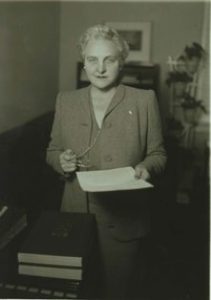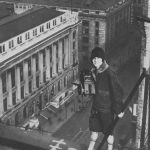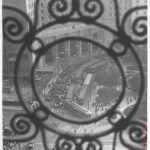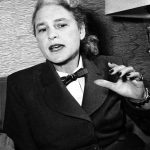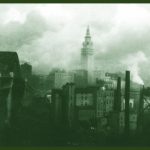Frank Lausche aggregation
Frances Payne Bolton aggregation
Public Housing / Ernest Bohn aggregation
1 Ernest Bohn from Encyclopedia of Cleveland History
2 Public Housing in Cleveland: A History of Firsts
3 Time and Again from Cleveland Magazine July 2009
4 Robert A. Taft and Public Housing
5 Bohn’s Palisades from “The Cuyahoga” by William Donohue Ellis
6 History of Public Housing in Cleveland from the Encyclopedia of Cleveland History
WPA in Cleveland aggregation
1 Federal Arts Project from Cleveland Historical
2 Work Projects Administration (WPA) from the Encyclopedia of Cleveland
3 Federal Art In Cleveland 1933-43
4 The Cleveland Public Library and the WPA: A Study in Creative Partnership
5 The Works Progress Administration leaves a legacy in Northeast Ohio WKSU Mark Urycki 9/15/2011
Great Lakes Exposition aggregation
John O. Holly aggregation
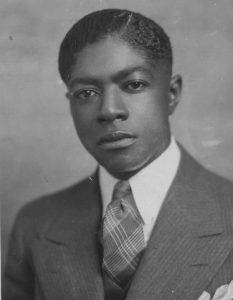
John O Holly 1935 (Cleve Public Library)
1 Cleveland’s Original Black Leader: John O. Holly By Mansfield Frazier
2 Carl Stokes on John O. Holly from “Promises of Power”
3 Future Outlook League from the Encyclopedia of Cleveland History
4 John O. Holly from the Encyclopedia of Cleveland History
5 Merchants of Tomorrow: The Other Side of the “Don’t Spend Your Money Where You Can’t Work” Movement

